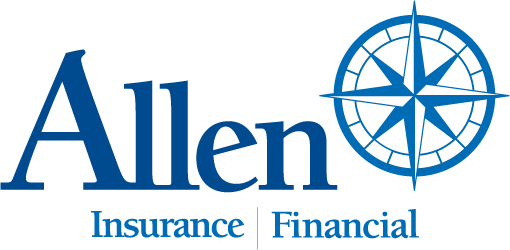

Dan Bookham
By Dan Bookham for WorkBoat Magazine
Hiring and onboarding play a pivotal role in establishing a strong safety culture within an organization. By carefully selecting and training new employees, businesses can significantly reduce the risk of accidents, injuries and fatalities.
While the process can seem daunting for small businesses and rote and impersonal at larger entities (and HR work can feel like a potential minefield unless a you are specialist in that area), a well thought out approach to hiring, screening, onboarding and sharing culture can pay dividends specifically in the areas of safety and the reduction of workplace injuries and more generally enterprise-wide.
The first step is to know what you are looking for in a candidate from a safety perspective. Although labor markets continue to be tight, resist the temptation to lower your standards as that marginal candidate might be the one who blows up your workers compensation or P&I experience, or who puts that work truck into the school bus.
A thorough background check is a vital component of the hiring process, especially in industries where safety is paramount. Background checks allow you to uncover criminal records, substance abuse issues or other red flags that may pose a threat to workplace safety. This in turn mitigates the risk of workplace violence, theft or other harmful behaviors and can ensure that new hires align with the organization’s values and commitment to safety.
Obviously, you should adhere to industry-specific regulations and local laws regarding background checks – especially around access and confidentiality. There are firms that specialize in running legally compliant checks for you, so this might be a task to consider outsourcing.
Candidate criteria is the next element. Look for safety-minded individuals and prioritize candidates who demonstrate a strong commitment to safety. Given that your company is unique, ensure that potential new hires align with the organization’s safety values and culture and of course verify that candidates possess the necessary skills and experience to perform their tasks safely.
Once the job offer has been made and accepted, an effective and engaging onboarding process allows you to drive home your safety culture. A comprehensive safety orientation will introduce new employees to the company’s safety policies, procedures and emergency plans.
Job-specific safety training, tailored training for each role and emphasizing potential hazards and safety precautions, coupled with practical, hands-on training to reinforce safety knowledge and skills, can cement the elements that keep new hires safe from the get-go. Mentorship and buddy systems where you pair new hires with experienced employees to guide them through safety protocols also helps teach the greenhorn that safety is core to “the way things are done around here.” Finally, regular check-ins by supervisors allow for assessment of the new hire’s understanding of safety and allows them to address any concerns either they or the employee may have.
Not only does building safety considerations into your hiring and onboarding process make for fewer workplace injuries and less impact on your insurance, it also demonstrates to rookies and veterans alike that leadership walks the walk when it comes to ensuring the whole team can enjoy a safe workplace.




